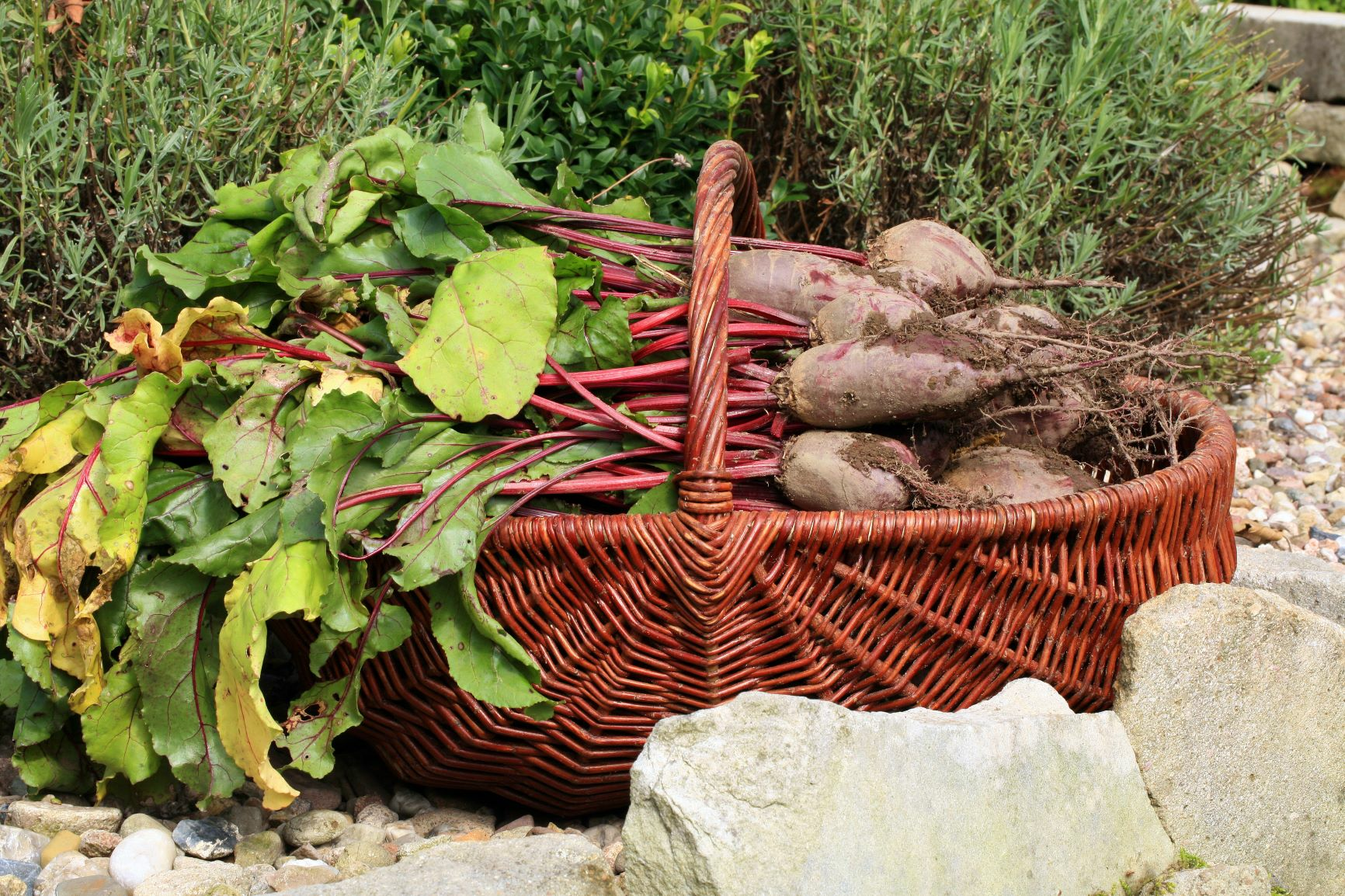
Gardening in August: Sowing & Care Instructions
The peak harvest season has begun and with it the long periods of heat. Now it's all about processing, preserving and watering. But the last seeds for fall and winter should also be sown in August. In this article, you can find out everything there is to do in the garden in August.
This Article Contains:
Quick Overview
Gardening in August
- Harvest time for many vegetable plants such as cucumbers, zucchini, peppers, beans, beet, chard, summer salads, carrots, tomatoes, early cabbage varieties and herbs
- Maintenance work is also required
- Fertilize heavy feeders as required and remove dried, diseased leaves
- Cut back, thin out and thin out harvested berry bushes
- Water and mulch sufficiently to prevent the soil from drying out
Planting and Sowing in August
- Until mid-August: Chinese cabbage, pak choi, lettuce, radishes, spring onions, kale, butter cabbage, carrots
- In the second half of August: spinach, lamb's lettuce, winter savoy cabbage, sugar loaf
Harvest Time: These Vegetables Are Ready to Harvest in August
August is the perfect time to process and eat the vegetables fresh and directly. Vegetables from the garden can always be included in daily dishes. Cucumbers, zucchinis, peppers, beans, beet, chard, summer salads, carrots, tomatoes and early cabbage varieties can be harvested now. You can also dry a wide variety of herbs to season your dishes in winter or use them as tea. You can find An Overview of the Harvest Times for Fruit and Vegetables in this article.
- Pumpkin plants such as cucumbers and zucchinis are currently producing huge quantities of ripe fruit. Depending on the variety and number of plants, there can sometimes be a surplus. However, zucchinis in particular can be used in many different ways: Whether in cakes, bread, as salads, patties or in vegetable pans, they can be used in many different ways. If you still get too much, you can also freeze zucchinis. Pre-cut them and pack them in a freezer bag. This way, you will have pieces of zucchini ready to use in winter. However, cucumbers are better preserved in jars, as their high water content makes them mushy in the freezer. With dill, vinegar, mustard and honey, you can create all kinds of variations.
- Peppers and chilies are also ready for harvesting now. Chillies in particular can be dried well in a warm place protected from the sun. Whether you thread the individual chilies onto a string and hang them up or leave them to dry on a cloth in a warm corner of the room is up to you. You can also make spicy chili oil. Peppers can also be pickled in oil or vinegar.
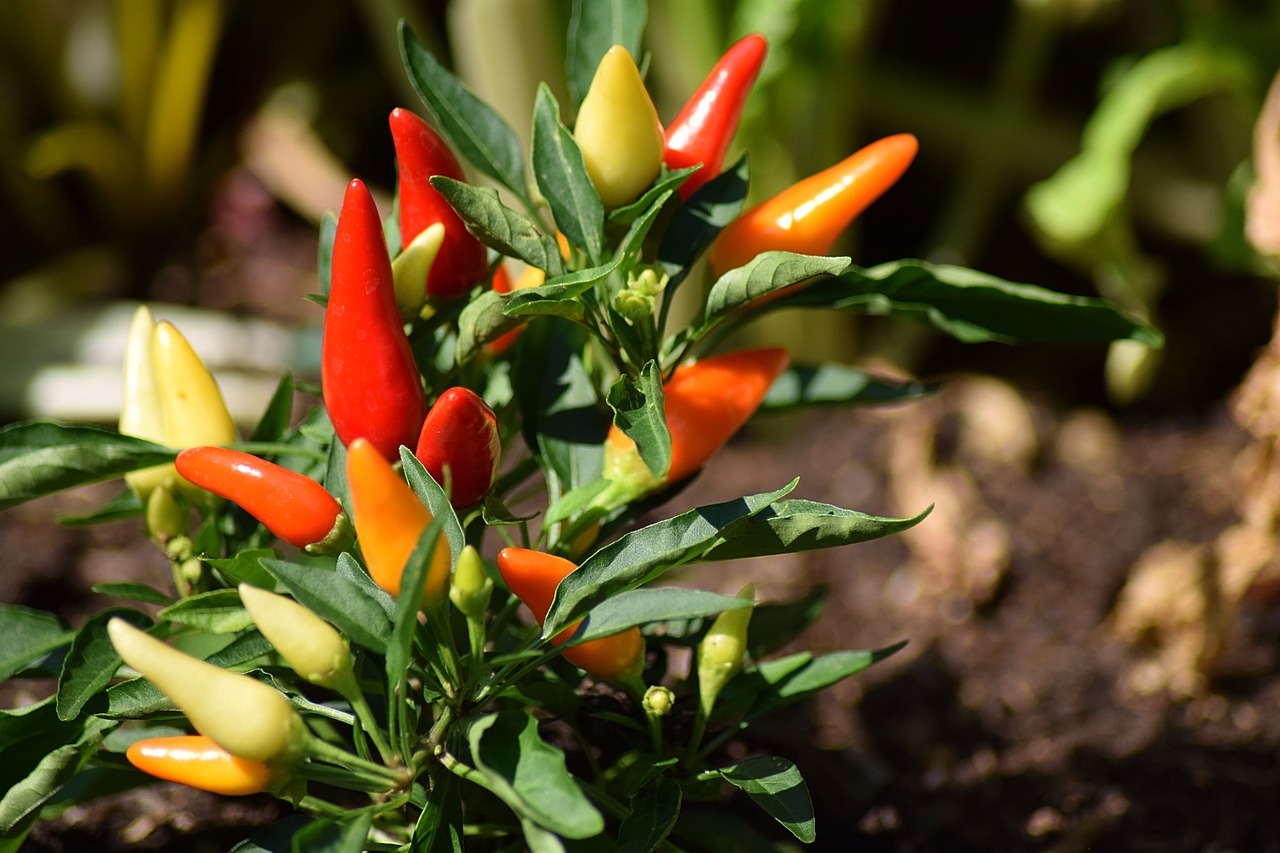
- Bush beans can either be cooked fresh, frozen, boiled down or pickled in salt. If you want to preserve runner beans, it is best to dry the individual beans. This will also provide you with seeds for the next season.
- The best way to harvest beet is to cut the tuber off the roots with a knife. You can leave the roots in the soil and cover them with mulch. This stimulates soil life and decomposes the roots. In good conditions, the crop residue will have decomposed by the next season. This means that fewer nutrients are removed from the soil. Small air and water channels can form where the roots once were, which improves the supply of nutrients to the soil.
- With chard, it is best not to harvest the whole plant, but only cut off individual leaves from the outside inwards - as required. You can harvest chard again and again until the first frosts. Then you should remove all the leaves and cover the rhizomes with fleece, straw or fir branches. The next year, the chard will sprout again and can be harvested until flowering in summer.
- Late-sown carrots can be harvested in August. Only pull individual specimens of the root vegetable out of the soil as required. The remaining plants will continue to grow. This way you can harvest carrots continuously. Tip: Use the spicy carrot greens for pestos, salads or vegetable stir-fries.
- Tomatoes are now available in abundance. The red fruits can be frozen or cooked in sauces to preserve them.
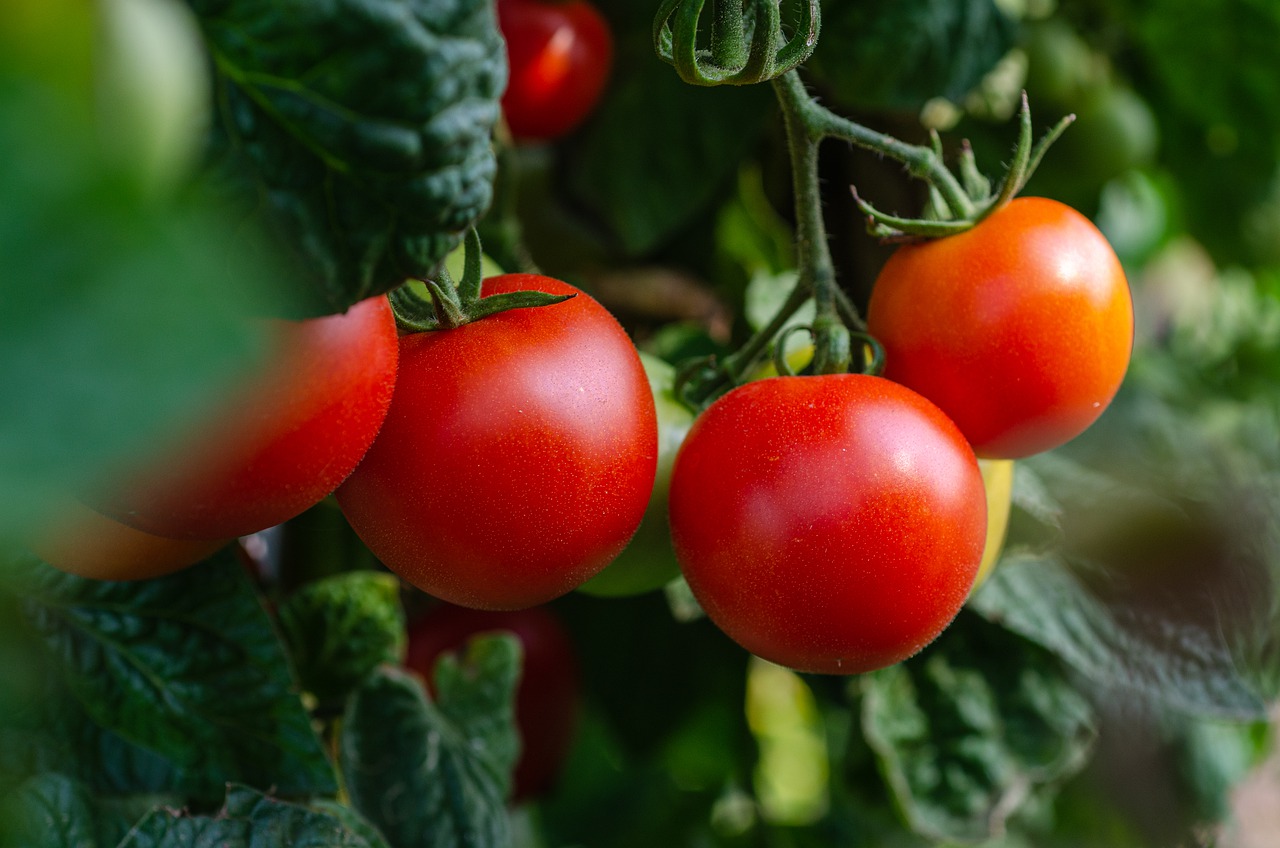
- Early varieties of white, flowering and red cabbage, savoy cabbage and broccoli can be harvested as early as August. Cauliflower and broccoli are good for freezing. White and red cabbage are best preserved. Make sure to give the soil a three to four year break from other cruciferous vegetables after your cabbage harvest. Otherwise the soil will become "tired" and diseases can occur.
- Most herbs have now developed their fullest flavor. It is therefore the perfect time to harvest them and preserve the flavor by drying. Sage, thyme, oregano, lovage, marjoram, lemon balm, lemon verbena, hyssop, peppermint or basil are all suitable for this. You can also make spicy herb oils by soaking the herbs of your choice in good (olive) oil for a few weeks. You can then use the oils for salads or antipasti.

Learn More About the Cultures in Our Plant Library
In our library you will find information on each variety with growing seasons, planting tips and harvesting tips. You will also find good and bad neighbors to help you plan a mixed crop.
Check out Our Plant LibraryGardening in August: Take Care of Your Plants
Fertilize and Care
Some heavy feeders that develop a lot of leaf mass or fruit now need another boost of nutrients. Comfrey or Nettle Liquid Manure is ideal for this. These home-made liquid fertilizers provide a quick supply of important nitrogen and potassium. Also remove any old, dried or diseased leaves from your plants. This will prevent the spread of diseases.
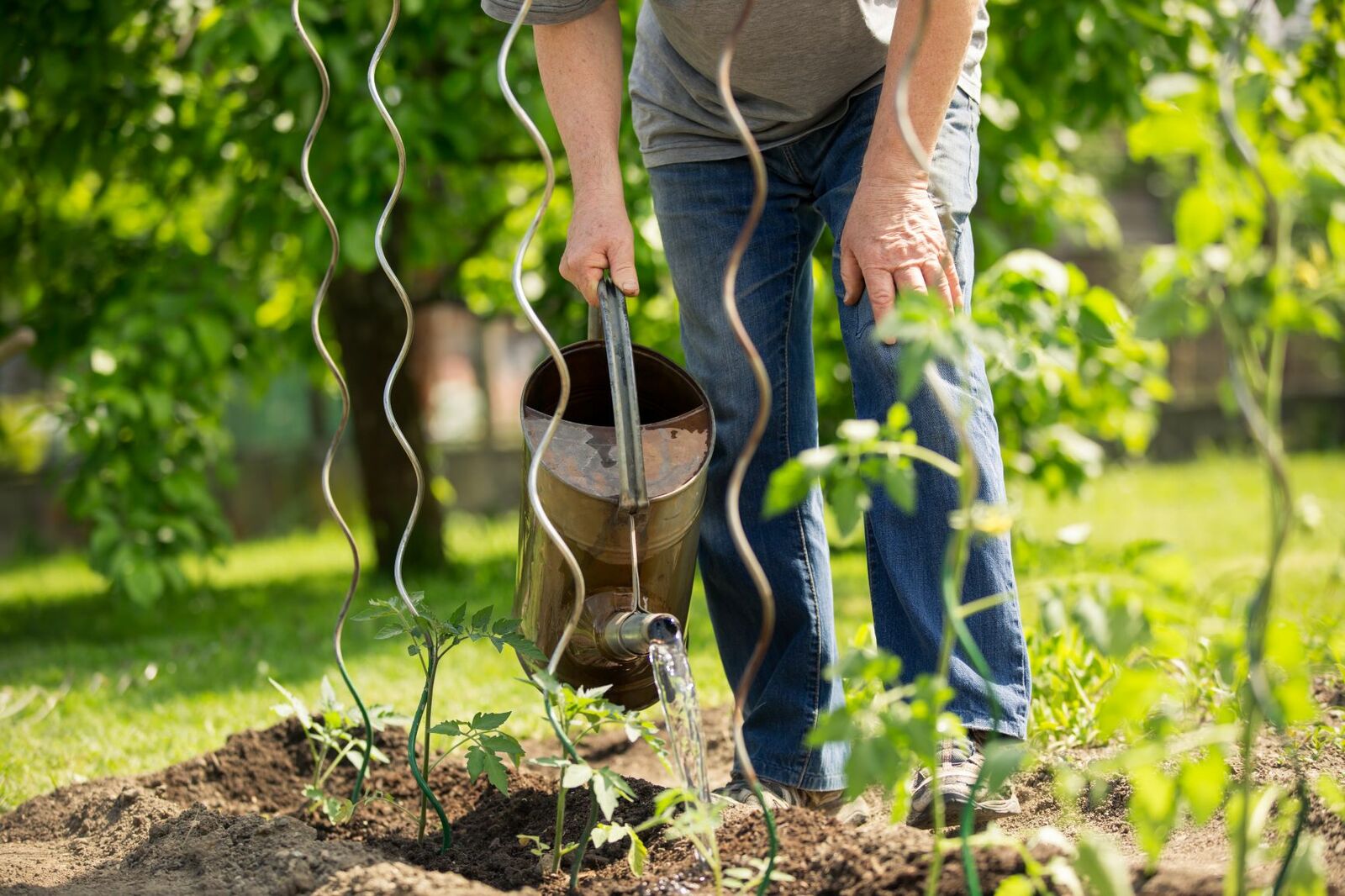
Pruning and Caring for Berries
With the harvested berry bushes (raspberries, blackberries, currants), you can start thinning out or tying up individual shoots. The stingy shoots should also be removed. If your fruit trees have a lot of branches, you can support individual branches with wooden sticks to prevent them from breaking. You can find Tips on How to Prune, Fertilize and Care for Raspberries here. When pruning raspberries, it depends on which variety you have. Paying attention to this is important to ensure good harvests in the long term.
Watering Plants in Dry Conditions
With persistent heat and little rain, we gardeners can hardly keep up with watering. It is important to water either early in the morning or after sunset so that most of the water reaches the roots and does not evaporate immediately. If you would like to find out more about Correct and Water-Saving Watering, take a look here. It's also worth applying a layer of mulch to the soil made from cuttings, grass or straw. This also stimulates soil life, which also keeps the water in the soil better. Nutrients from the organic material in the mulch are also a positive side effect for your crops.
Sowing in August
From August, you can start planning the last sowings of chinese cabbage, pak choi, butter cabbage, kale, lettuce, radishes, daikon, carrots and spring onions. These crops should be sown by the middle of the month. In the second half of the month, it is then time to sow lamb's lettuce, chard and late spinach varieties. Sugar loaf can also be sown throughout August. If you have a sheltered, mild spot in your garden (or on the patio), you can also start sowing winter savoy cabbage. This manages to survive the winter and can be harvested early in the new year.
- Chinese cabbage and pak choi should be sown by mid-August. Make sure you use late varieties with a good storage life. Sow the seeds approx. 3 cm/1.2 in deep in the planting hole at a distance of 30 to 40 cm/11.8 to 15.7 in within and between the rows. If you also add some compost, the cabbages will grow faster thanks to the additional nutrients. You can then harvest the pak choi at the end of September. Then the Chinese cabbage at the end of October to the beginning of November. If it should cool down below - 4 ° C/25 ° F at night by then, cover your plants with fir branches or garden fleece.
- The last sowing of lettuce can also be done now. You can sow your seeds directly into the bed over a wide area. Picking salad is a light germinator, which is why the seeds should only lie on the ground. As soon as the seedlings germinate, you can start singling them out. Make sure there is a distance of 5 - 10 cm/2 - 3.9 in between the plants. Then harvest the lettuce from the outside in to extend the harvest period as much as possible.
- Carrots can be sown for a fall harvest. You can find out How to Sow Carrots Correctly and what you need to bear in mind in this article.
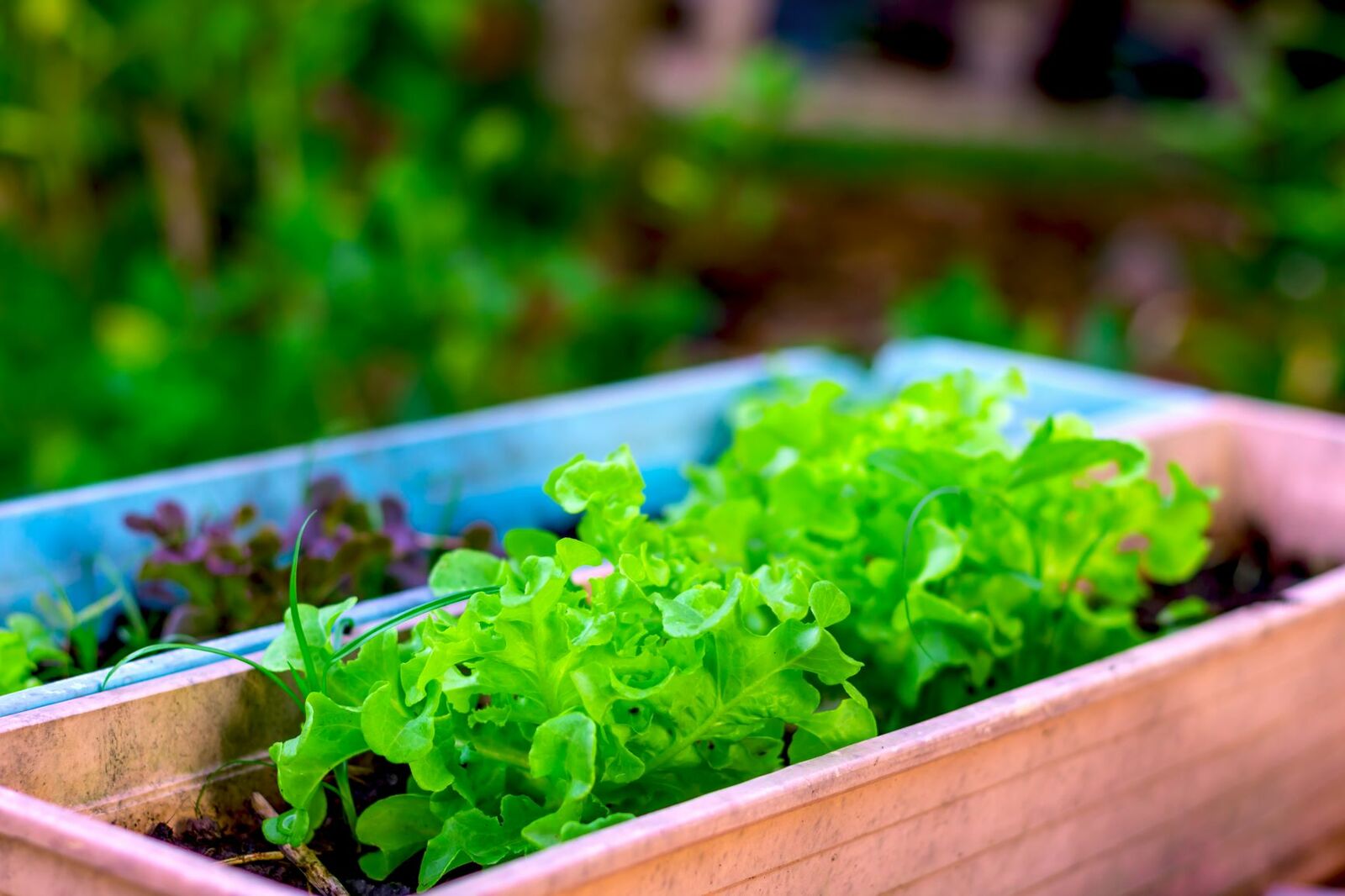
- If you sow radishes or daikon in August, make sure you have as good a water supply as possible. If conditions are too dry, the small daikon will otherwise become very sharp and woody.
- Although it is no longer spring, you can sow spring onions one last time. For direct sowing, sow broadly and ensure that the seeds are about 1 cm/0.4 in deep. Later, space them 20 cm/7.9 in apart in rows.
- The "Bonner Advent" variety is particularly suitable as a savoy cabbage for the winter. This robust variety can be harvested from April of the following year. You can sow the cabbage directly into the field and, once it has emerged, separate it to a plant spacing of 40 - 50 cm/15.7 - 19.7 in.
- Sow the lamb's lettuce in double rows with a double row spacing of 5 - 8 cm/2- 3 in. Leave approx. 15 cm/5.9 in space between the rows. This lettuce is also a light germinator and should therefore never be sown deeper than 1 cm/0.4 in. The soil can then be pressed down with a wooden board. Always ensure sufficient watering within the first three weeks to guarantee optimum germination conditions. If you sow in dry conditions, this can lead to emergence problems. You can then harvest your lamb's lettuce at the end of September to the beginning of October.
- Spinach and chard can also be sown in August so that you can harvest them in the fall.
- Butter cabbage, kale and sugar loaf can still be sown in August for the winter harvest.
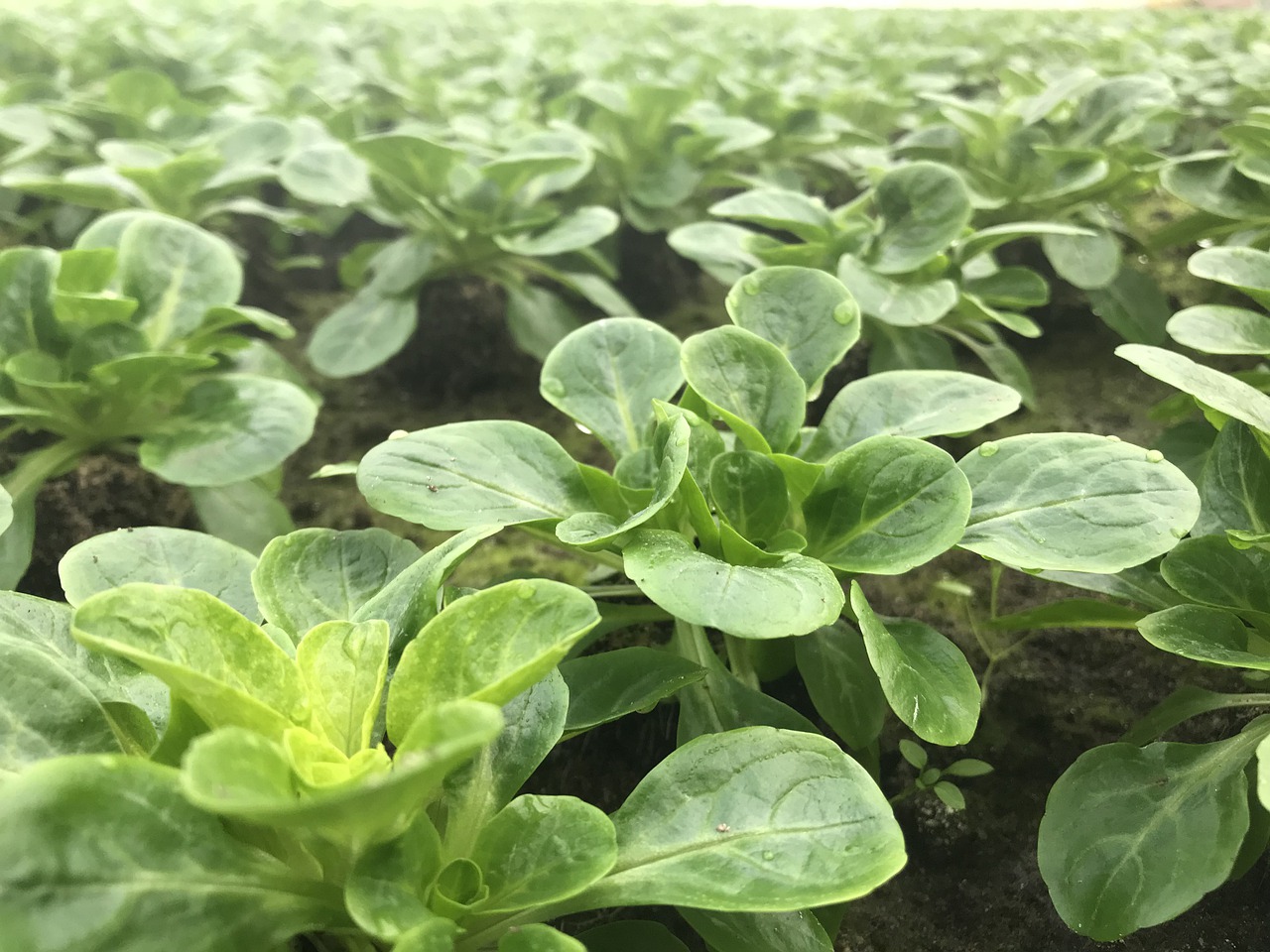
I hope you now have a brief overview of the garden month of August. Of course, in the heat of the moment, don't forget to enjoy the hot summer. Take time to enjoy the balmy summer evenings in your garden or on your balcony and enjoy your self-created garden paradise.
If you have any questions or comments, please write to us at [email protected].
Want to get helpful gardening tips all year round and plan your own beds in the best possible way? Then register here or download the Fryd app for Android or iOS.
Fryd - Your digital bed planner

Isabell
Isabell studies agricultural sciences and loves to be surprised by nature and its complexity again and again. Herbs - whether gathered wild or in the garden - are her passion.
Learn MoreCurrent Topics in the Community

Hello lovelies, I could use your advice...this year I planted @rosenkohl and @gruenkohl for the first time. The kale grew really well after planting in the fall and had really big leaves until the cabbage white butterfly attacked it. I then harvested quite a bit and put netting over it, but somehow it hasn't really recovered since then. We've had frost since last week and it snowed yesterday, the temperature during the day is 0°C. The kale and Brussels sprouts are now looking very weak and I'm wondering where the fault lies, as both varieties should be able to withstand such low temperatures? Does anyone have any tips?
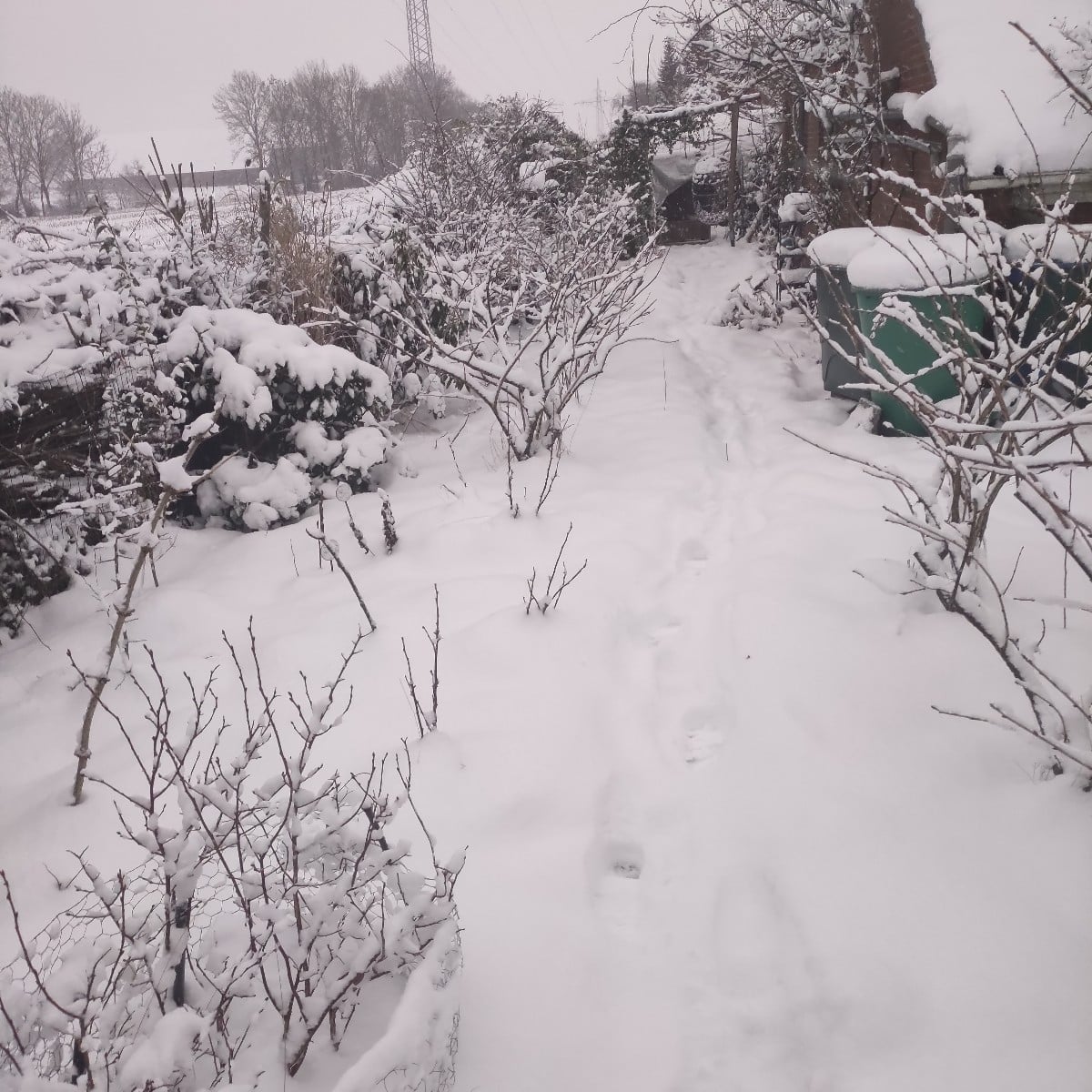
Liked 1 times
It stops being beautiful. ☃️☃️
Show 1 answer
Liked 14 times
Hello dear community, so far I have always read along quietly and quietly and got great tips from your contributions. Thank you for that! It's great that this group exists and I'm looking forward to continuing the exchange in 2026. Since 2020, I have been looking after a 3000m² forest and meadow property in Heidesee (Brandenburg), which used to be a children's holiday camp - nowadays insects, birds and occasionally me are allowed to vacation here. The garden is deliberately designed to be close to nature: Numerous wild flowering areas and fruit trees have been planted, a pond has been created and deadwood hedges have been built, which have already become valuable habitats for some animals. My experience in fruit and vegetable growing is somewhere in the solid middle ground - enough knowledge to celebrate success and enough of a learning curve to remain humble. I particularly love attracting animals and insects to the garden, observing them and creating retreats and quarters for them. In short: I garden with heart, curiosity and the firm goal that as many small (and large) garden inhabitants as possible feel at home here.
Show 9 answersPopular Articles

Overwintering Parsley: How to Do It Successfully

How to Grow Lettuce in Winter: Varieties, Sowing, Harvesting

Growing Sage Plant: Tips for Sowing and Harvesting

What Herbs Can Be Planted Together?

Create & Design a Permaculture Garden

Overwintering Plants: Tubs, Pots and Raised Beds

Pruning, Fertilizing & Propagating Currants: Care Tips

Pruning Raspberries: How to Do It

Vegetable Garden With Greenhouse: How to Use Greenhouse Effect

Winterizing Beds and the Garden: How to Do It
FAQ
Which vegetables are ready to harvest in August?
Cucumbers, zucchinis, peppers, beans, beet, chard, summer vegetables, carrots, tomatoes and early cabbage varieties can be harvested in August.
What care measures are important for the garden in August?
Heavy growers should be fertilized, dried or diseased leaves removed and berry bushes cut back. Regular watering and mulching is also important to keep the soil moist.
Which plants should I sow in August?
Chinese cabbage, pak choi, lettuce, radishes, spring onions, kale, butter cabbage and carrots can be sown until mid-August. In the second half of August, spinach, lamb's lettuce, winter savoy cabbage and sugar loaf are suitable.
What should you bear in mind when harvesting beet?
The tuber should be separated from the roots with a knife. The roots can be left in the soil to encourage soil life.